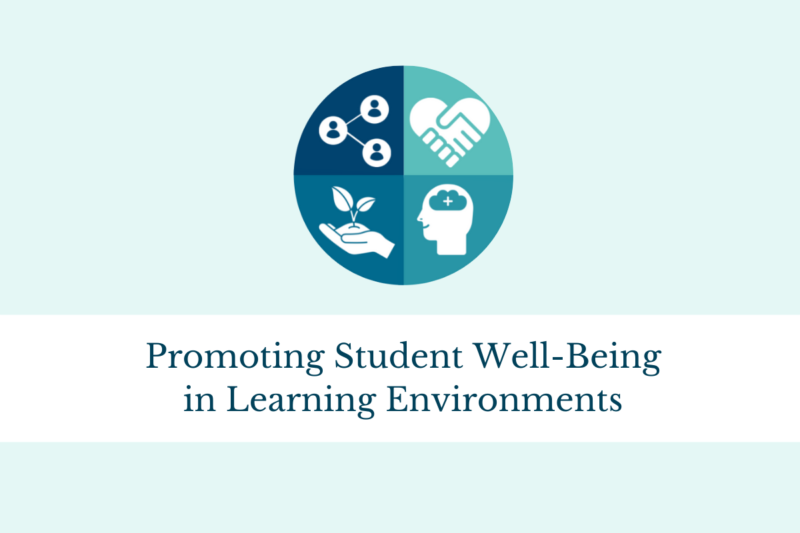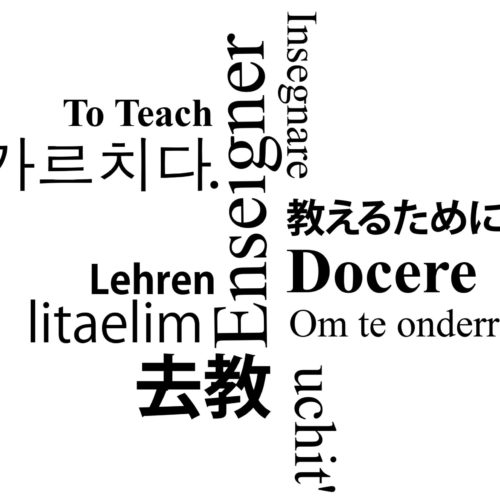
Faculty Spotlight: Mindfulness in the Classroom
A WashU instructor shares tips for using mindfulness in the classroom
 In the CTL’s new guidebook for instructors, Promoting Student Well-Being in Learning Environments, one of the keys to well-being that we highlight is Compassion & Stress Reduction. We encourage faculty to actively listen to students, acknowledge their perspectives, and use course policies and teaching practices that help reduce stress.
In the CTL’s new guidebook for instructors, Promoting Student Well-Being in Learning Environments, one of the keys to well-being that we highlight is Compassion & Stress Reduction. We encourage faculty to actively listen to students, acknowledge their perspectives, and use course policies and teaching practices that help reduce stress.
We spoke with a WashU instructor about the benefits of mindfulness and how it can be used in the classroom to reduce student stress.
Mary Ann Reis
Adjunct Instructor
What is mindfulness and why do you believe it is important for students to learn mindfulness practices?
“Mindfulness can mean different things to different people. Mindfulness in its essence is being aware and being present in the moment without evaluation or criticism of self or other. This allows one to observe, experience and appreciate that moment in time. In the disciplines that I come from, it’s more about body mindfulness. We get to the mind through the body because it’s very difficult to think, ‘I’m going to go to my mind now.’
The time in which we live demands a more mindful approach. There is such a need for perspective and balance. When students take my class Body-Mind Balance, some of them simply say, ‘I’m so glad that I could be here and practice this, and just take time to be with myself without any expectations or tension or pressure.’”
What are some of the challenges in helping students learn mindfulness practices?
“Our students are very high achievers, which is wonderful. But they’re so used to being able to grab hold of tools or information and use that somehow to succeed. And mindfulness is totally different, because they are the subjects and the objective has not yet been experienced. So a lot of times they try too hard. They don’t realize that it is an ongoing and lifelong process, it’s about your relationship to yourself. And it can feel uncomfortable or intimidating to begin on this path.
Why should instructors consider using mindfulness exercises in their classes?
“What I would say to faculty is that if you sense restlessness, tension, exhaustion, or disconnection in the room then it’s best to address it. Approaching something like this in class may feel off task and uncomfortable at first, which is normal. But if you try it, you’ll really see results. Students will be more productive and engaged by dropping or shifting some of the feelings or preoccupations that they came in to class with.”
What are some mindfulness practices that instructors could try in their classes?
“Instructors can try simple techniques to have students notice where they’re at or how they’re breathing. These are easy and effective calming tools that are readily available, no matter time or place:
Placing yourself. Really sense your feet against the earth. Feel distinct body parts in relationship to the chair. Sense where you are in the room. And then notice, ‘How does this feel? How am I breathing? Where do I feel tension in my body? What is that?’ Just stay curious, rather than evaluating or being critical about what you are experiencing. Acknowledging what is happening within will often allow one’s mind to shift to the task at hand.
Breathing exercises. Below are three options that you can try. Encourage students to keep their body relaxed and gradually increase volume of the breath over time.
- Long inhalation through nostrils and equal or longer exhalation through nostrils.
- Long inhalation through nostrils and longer exhalation through mouth, imagining that you are breathing out through a straw.
- Long inhalation through nostrils. On the inhale, focus on feeling the width through your shoulders and hips. On the exhale, focus on the length up through your head and down through your feet.
”
This post is part of our ongoing series on Promoting Student Well-Being in Learning Environments, check out our News page for more posts in the series.




